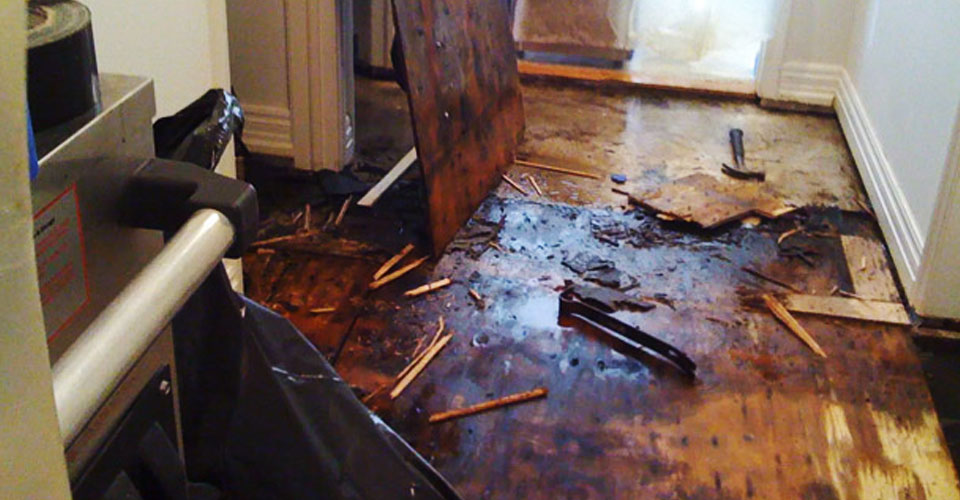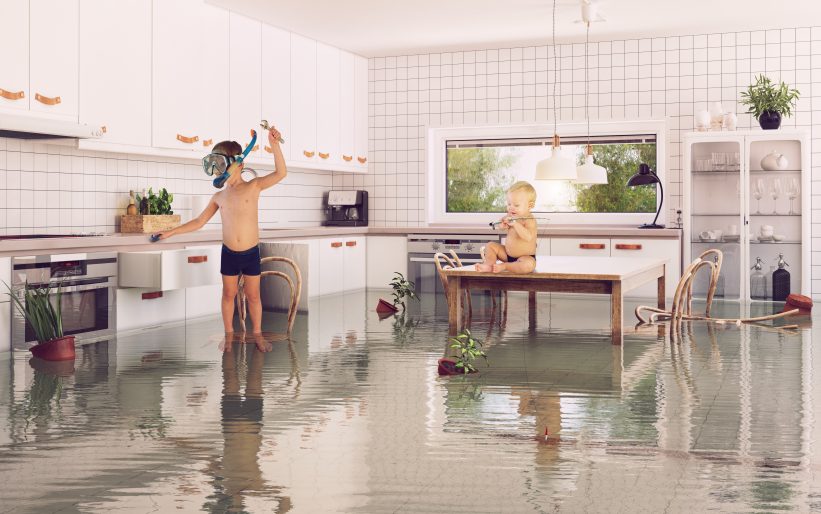Do's & Don'ts of Water Damages.
Do's & Don'ts of Water Damages.
Blog Article
We have found the article about Preventing Fires and Water Damage In Your Home down the page on the net and think it made good sense to share it with you on this page.

Though water offers life, water intrusion on parts where it's not intended to be can result in damage. It can peel away surfaces and also deteriorate the structure if the water soaks right into your framework. Mold and mildew as well as mildew likewise prosper in a moist environment, which can be hazardous for your health. Residences with water damages smell moldy and old.
Water can originate from numerous sources such as typhoons, floodings, ruptured pipes, leakages, as well as sewer concerns. In case you experience water damage, it would certainly be great to know some safety and security preventative measures. Here are a couple of guidelines on just how to handle water damages.
Do Prioritize House Insurance Insurance Coverage
Water damages from flood because of hefty winds is seasonal. However, you can additionally experience a sudden flood when a faulty pipe instantly bursts into your residence. It would be best to have house insurance that covers both disasters such as natural calamities, and emergencies like broken plumbing.
Don't Forget to Turn Off Energies
This cuts off power to your entire house, protecting against electrical shocks when water comes in as it is a conductor. Do not forget to transform off the major water line valve.
Do Keep Proactive and Heed Weather Condition Alerts
Storm floodings can be really unpredictable. Stay proactive as well as ready if there is a background of flooding in your neighborhood. Listen to evacuation warnings if you live near a creek, lake, or river . Obtain prized possessions from the first stage as well as basement, after that placed them on the highest possible level. Doing so lowers potential property damages.
Don't Neglect the Roofing System
Before the weather condition turns shocking, ensure you have a roofing assessment. It would be sensible to get this service yearly as it can mitigate complex concerns. If there are no holes and leaks in your roofing system, you can avoid rainfall damages. Your roofer will certainly also look after defective rain gutters or any other signs of weakening. This will protect against water from streaming down your walls and soaking your ceiling.
Do Take Notice Of Tiny Leakages
A burst pipeline doesn't take place overnight. You might discover gurgling paint, peeling wallpaper, water touches, water stains, or leaking audios behind the walls. Have your plumbing fixed before it results in large damage.
Do Not Panic in Case of a Burst Pipe
Keeping your clearheadedness is vital in a time of crisis. Due to the fact that it will certainly stifle you from acting fast, panicking will just compound the trouble. Timing is key when it comes to water damages. The longer you wait, the more damage you can anticipate. Thus, if a pipe bursts in your home, promptly shut down your main water valve to cut off the resource. After that disconnect all electric outlets in the location or shut off the circuit breaker for that part of your home. Lastly, call a trustworthy water damages restoration specialist for assistance.
Water gives life, water intrusion on parts where it's not expected to be can result in damage. Houses with water damages odor old and stuffy.
Water damage from flood fees to hefty winds is seasonal. You might notice bubbling paint, peeling wallpaper, water streaks, water spots, or leaking noises behind the walls. When it comes to water damage, timing is key.
Are Water Mitigation and Water Damage Restoration the Same Thing?
When are Water Mitigation Services Needed?
Water intrusion can come from small sources like a dishwasher leak or larger ones like rainwater causing inches of standing water in a basement. Other instances of damage that call for water mitigation services include:
Sewer backup, sump pump failure, or clogged toilets Toilet wax seal failure Shower pan corrosion Pipe leaks and ruptures Washer or icemaker line breaks HVAC drain line blockage A leaking roof Moisture behind walls Foundation cracks Mold Mold is a good example to illustrate how water mitigation works. We’ve often found that clients we do mold remediation services for had existing water damage issues that ended up leading to the mold damage. When performing water mitigation we look for what’s causing the water problem and for ways to stop mold before it multiplies and becomes a bigger concern.
Are You Currently Experiencing a Water Disaster?
If you’re in the middle of a water intrusion disaster, here are some important dos and don’ts to follow:
Don’ts:
Safety first! Do not enter a room with standing water until the electricity has been turned off! A regular household vacuum should never be used to pick up water. Never use electrical appliance if standing on a wet floor or carpet. Leave visible mold alone. Dos:
Call a water mitigation professional as soon as possible. Mold and other damage can begin within hours of a water intrusion. Mop and blot up as much water as possible. Remove non-attached floor coverings and mats but leave wall-to-wall carpeting removal to a pro. If there are window coverings like draperies that touch the water, loop them through a hanger and put them up on the rod. Remove wet cushions to dry and wipe down soaked furniture. Move valuables like paintings, photos, and art objects to a dry location. Books should be left tightly packed on shelves until it’s determined if they need specialized drying. Prop open closets, cabinets, and drawers to allow them to air out. https://cfrsfl.com/blog/are-water-mitigation-and-water-damage-restoration-the-same-thing/

Do you enjoy reading up on Reducing Your Risk Of Water And Fire Damage At Home? Create a comment down the page. We would be delighted to know your feelings about this blog. We hope that you visit us again in the near future. Sharing is good. You never know, you could be helping someone out. Thanks a bunch for your time. Come back soon.
Report this page